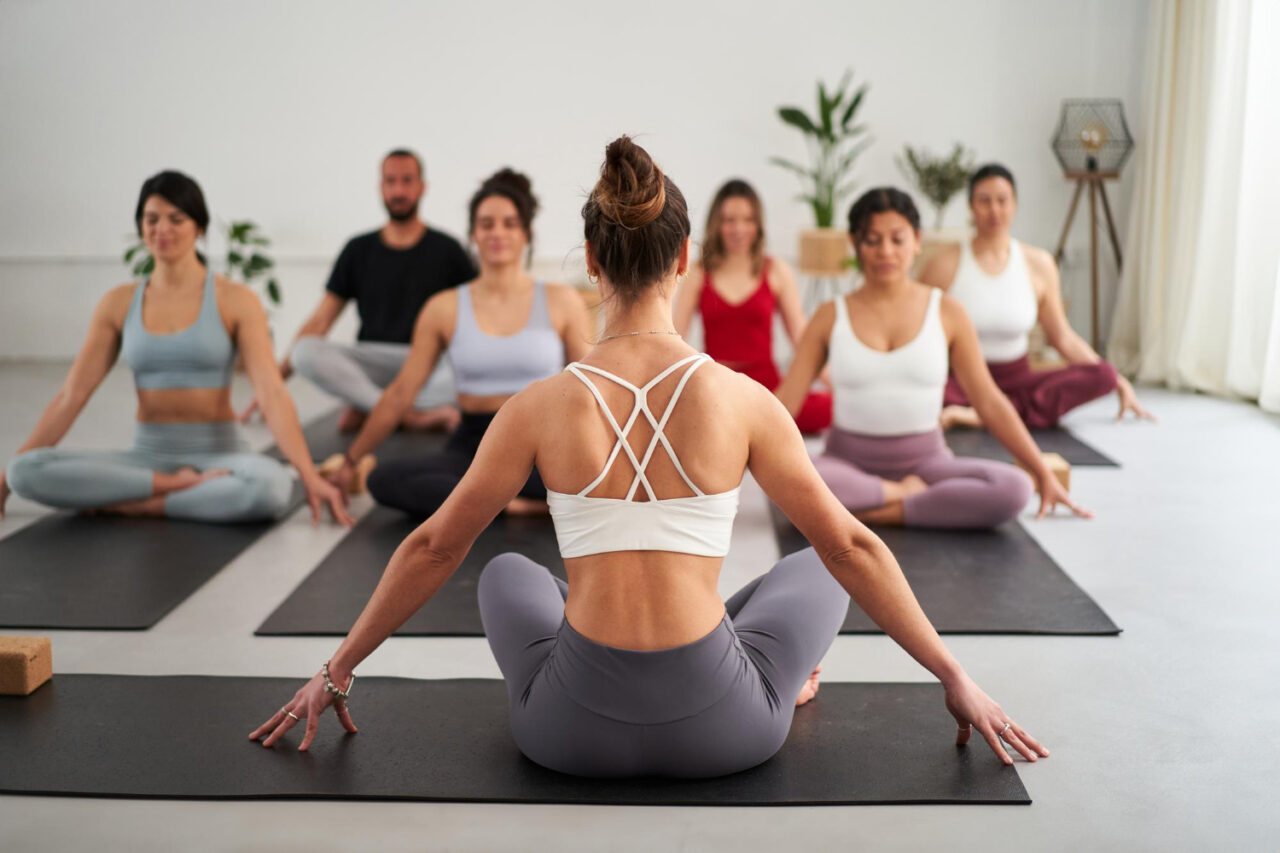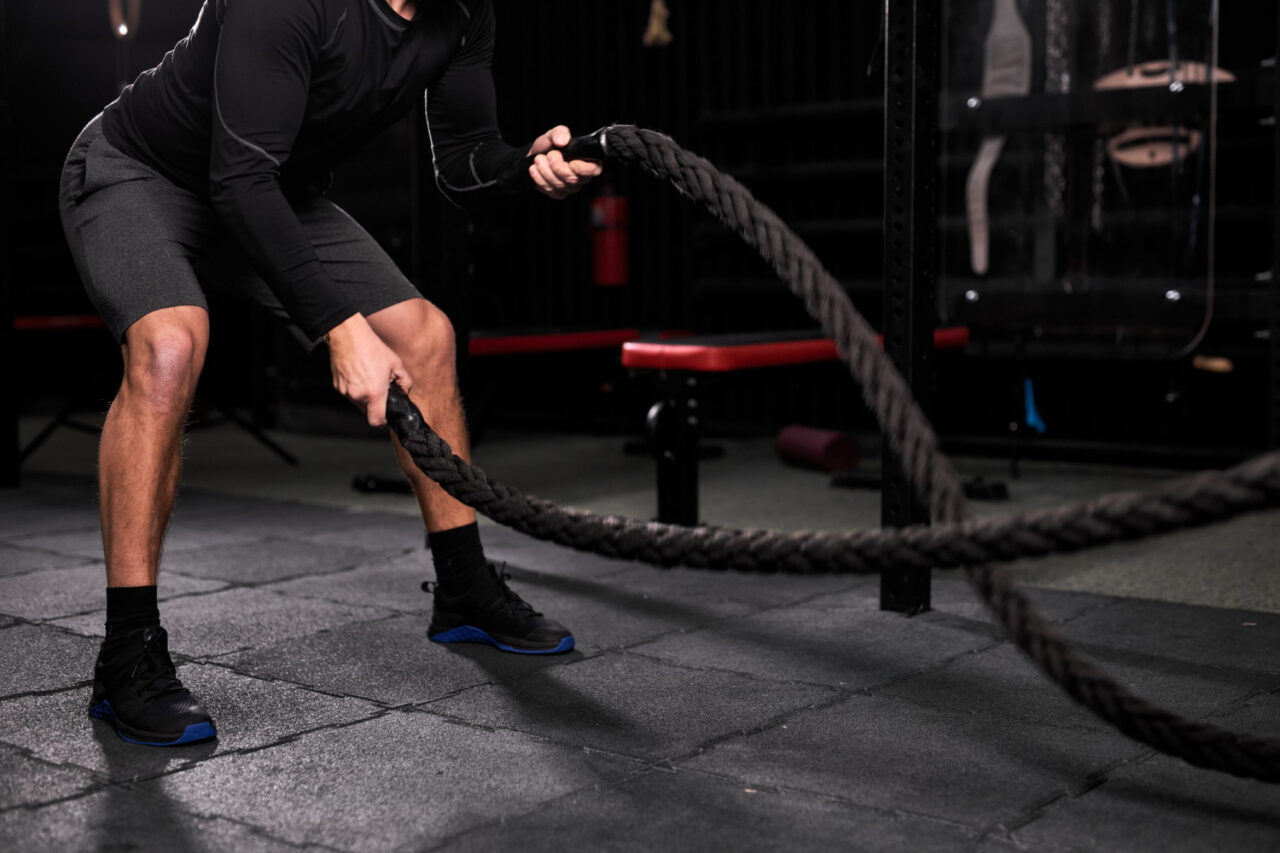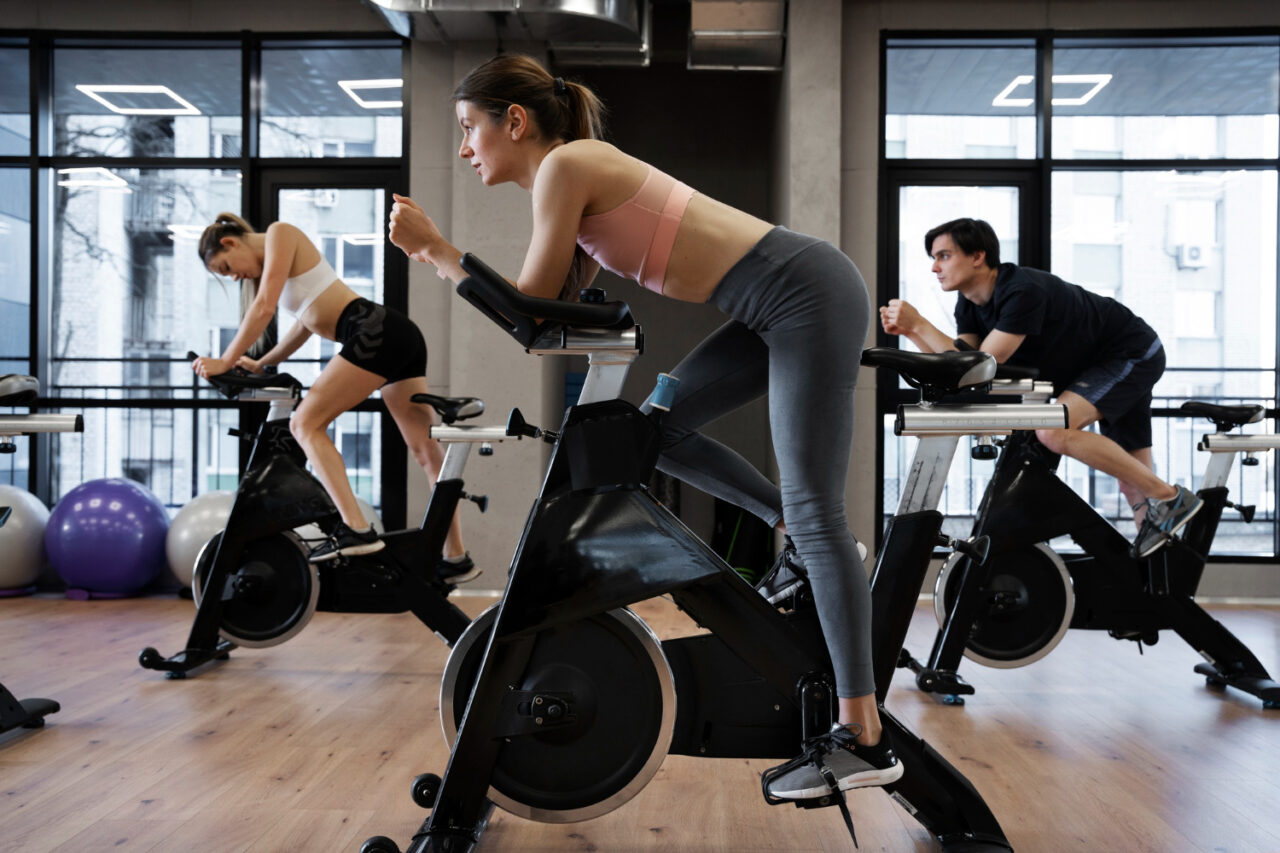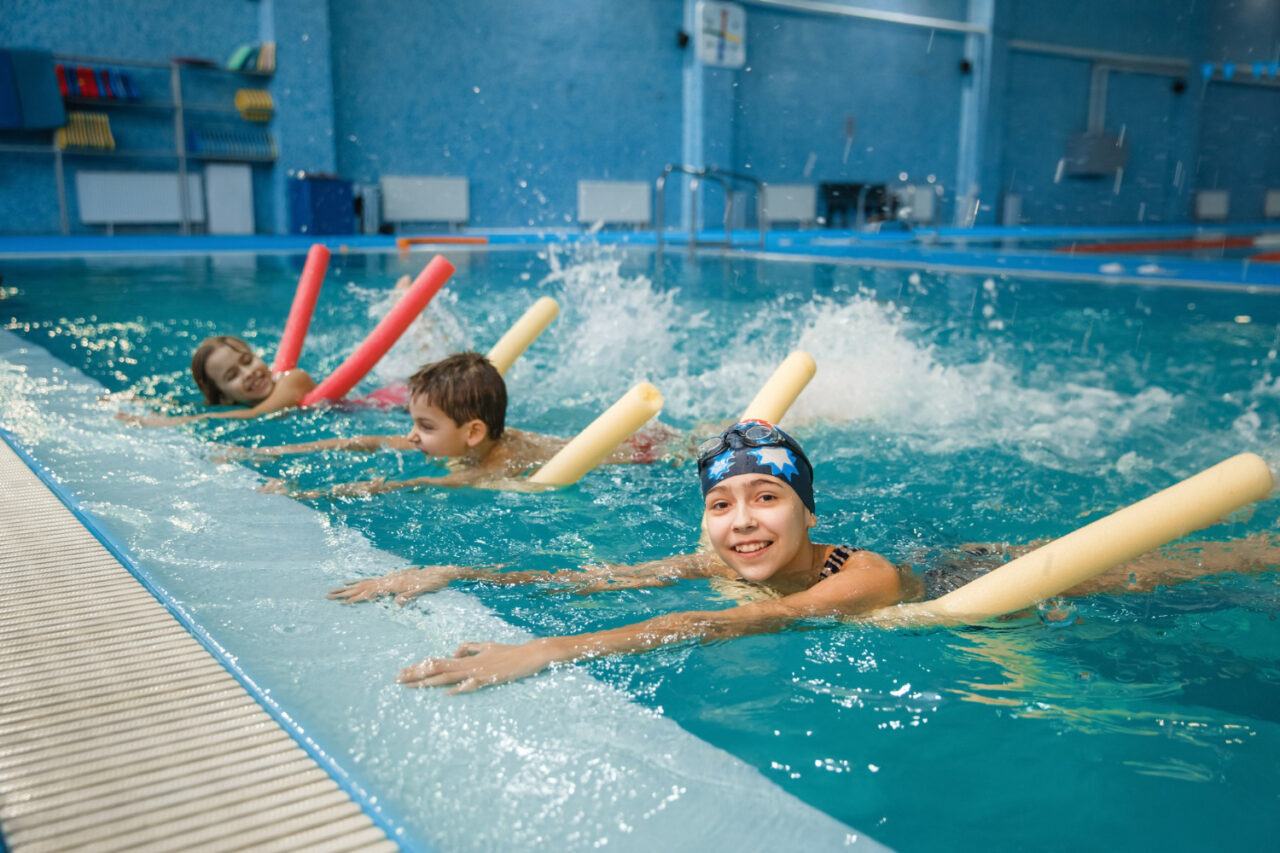Low impact training is a fantastic approach to exercise, especially for those who are concerned about joint health. Unlike exercises that put excessive pressure on your joints, low impact exercises offer a kinder way to stay active. This type of training focuses on reducing the stress placed on your body while still offering great cardiovascular benefits and keeping your muscles engaged.
Maintaining healthy joints is important for everyone, whether you’re young or old. Our joints allow us to move freely, and keeping them healthy ensures we remain active and mobile. Low impact training is beneficial because it supports joint health by minimizing wear and tear. This makes it an ideal choice for those looking to stay fit without putting unnecessary strain on their joints.
Understanding Low Impact Training
Low impact training involves activities that are gentle on your body yet effective in helping you stay fit. Some examples of low impact exercises include walking, swimming, and yoga. These activities stand in contrast to high impact exercises like running and jumping, which can be harsh on your joints over time.
– Walking: Easy on your joints and an excellent way to get your heart pumping, walking can be done almost anywhere. It’s a perfect choice for a daily exercise routine.
– Swimming: Offering full-body engagement, swimming is kind on your joints because the water supports your weight. It’s often recommended for those looking to improve strength without added pressure.
– Yoga: Through stretching and controlled movements, yoga helps increase flexibility and strength. Its gentle nature makes it a preferable option for enhancing joint health.
Compared to high impact exercises, low impact activities provide a more sustainable way to improve fitness without sacrificing joint safety. They reduce the risk of injuries and promote a balanced lifestyle, keeping your body in good condition for the long run. Plus, low impact exercises are suitable for everybody, regardless of age, making them a versatile choice.
Benefits of Low Impact Training for Joint Health
Exploring the benefits of low impact training reveals a host of advantages for maintaining healthy joints. One of the prime benefits is the reduced stress it places on your joints compared to high impact activities. This is especially beneficial for individuals recovering from an injury or those with conditions like arthritis. By focusing on exercises that are more forgiving on the body, you can stay active while allowing your joints to recover and strengthen gradually.
Low impact training also helps improve flexibility and mobility, both of which are important for daily activities. As these exercises encourage gentle movement and stretching, they gradually enhance your range of motion. This benefit plays a significant role in maintaining the body’s overall balance and agility, reducing the risk of falls and injuries which becomes increasingly crucial as we age.
Strengthening the muscles around your joints is another advantage that shouldn’t be overlooked. When you engage in activities like yoga or swimming, the supporting muscles around your joints gain strength, providing better support and stability. This added muscle strength allows your joints to function more efficiently, contributing to long-term joint health and reducing pain.
Popular Low Impact Training Exercises
When it comes to popular low impact exercises, swimming stands out due to its ability to support your weight in water, taking off the strain from your joints. Swimming engages all major muscle groups and improves cardiovascular health, all while promoting joint flexibility and muscle strength.
Cycling is another excellent low impact activity. By offering a cardiovascular workout without pounding the pavement, it keeps your knees and hips happy. Cycling can be done outdoors or indoors with a stationary bike. It’s a mode of transportation and a workout rolled into one, making it a convenient choice for many.
Lastly, yoga offers a blend of balance, flexibility, and strength training, making it a well-rounded approach to joint-friendly exercise. Its emphasis on controlled movements and stretching suits people of all ages and fitness levels. Incorporating yoga into your routine helps in relieving tension and promoting mental well-being, which is a great added bonus.
How to Get Started with Low Impact Training
If you’re ready to introduce low impact training into your schedule, here are some beginner-friendly tips:
– Start Slow: Ease into your new routine by incorporating activities like walking, gentle cycling, or beginner yoga classes at a pace that feels right for you.
– Keep it Consistent: Aim to include low impact exercises at least three to four times a week to see noticeable results in your joint health and overall fitness.
– Set Goals: Choose achievable milestones to keep you motivated. Whether it’s walking a certain distance or adding an extra session per week, having goals helps maintain your focus.
Engage in classes or consult trainers experienced with low impact training to ensure you’re using correct form and modifications that suit your needs. Creating a balanced plan with a mix of exercises can keep things interesting and challenging, leading to lasting benefits for those joints you want to protect and maintain.
Embrace Joint Health with Low Impact Training
Low impact training offers a practical path to maintaining joint health while still getting great exercise. It respects the natural wear and tear of our bodies as time goes by, proving that you can stay fit without taxing your joints. Reaping the benefits of improved mobility and strength, while avoiding injuries, becomes possible with this balanced approach to health and well-being.
Remember, taking care of your joints today means enjoying more pain-free days in the future. By incorporating low impact training strategies into daily life, you embark on a journey toward long-term joint health and personal fitness. A simple commitment now to regular low impact exercise makes all the difference in how you feel and move, year after year.
Discover how low impact training can enhance your well-being and support your joint health. Visit Raynham Athletic Club to explore our diverse range of classes and facilities that can transform your fitness journey. Whether you’re diving into cycling, yoga, or swimming, our supportive environment offers the resources you need to keep moving with ease and confidence. Learn more about low impact training and find the perfect class for your goals!





